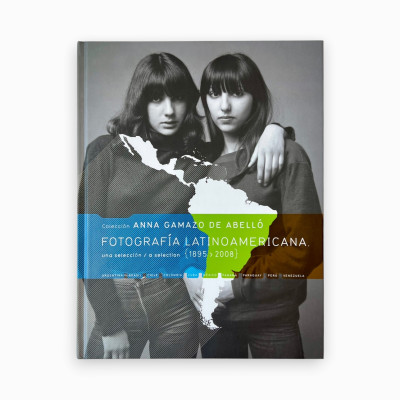Vargas, Max T.
He began his career as a professional photographer around 1896 at the age of twenty-two. It is not known who his teachers were or how he was introduced to the world of photography; however, at that time, Arequipa already harbored many photographers, including Emilio Díaz. From his life in those years, it is known that he was one of the main organizers of the Artistic Center - founded in Arequipa in 1890 - where young intellectuals who cultivated painting, sculpture, and photography were called upon to present their works at the annual meeting. Records show that he participated in a photography contest held in Cuzco in 1897, where he won the top award (the silver medal). He traveled from Arequipa to the Bolivian highlands photographing people, landscapes, and archaeological sites. He arrived in the city of La Paz before the end of the 19th century where he captured landscapes and illustrious figures of the city with his camera. It is possible that there, by then, he opened a photographic studio residing in the same place for periods of time. Thus, this period corresponds to the editions of cards in the format of Postcards that bear the inscription: "Own edition of Max T. Vargas, Arequipa & La Paz." Although we do not know in which city they were printed; the legend that appears on them suggests that it could have been in one of these two cities or, alternatively, in both. Vargas probably intended to establish a commercial connection between these two important localities. His time in Bolivia was neither fleeting nor precarious considering that these phototypes were delivered on luxury cards and in large format. Among the cards, urban landscapes of the city of La Paz and Tiwanaku have been preserved. There is a significant number of portraits of women and/or men from the elite, posing alone or with their families - possibly taken in the photographic studio installed in the city of La Paz. They also bear the label "Max T. Vargas. Arequipa and La Paz," suggesting a sort of constant circulation between both cities and their respective worlds and societies, since we also know that alongside his studio in La Paz, he had in Arequipa a luxurious photographic studio, the largest and most important of its time in all of Peru, located in the heart of the city. Vargas was one of the most sought-after photographers of the late 19th and early 20th centuries in Arequipa. In addition, among his merits is being the mentor of the famous Martín Chambi, who claimed that his art was rooted in Arequipa. The decline of his work began around 1920, the year he disappeared from Arequipa, reappearing in Lima - in the mid-1930s - publishing postcards lacking any artistic level. In the 1940s, he left photographic practice and quickly fell into oblivion.


